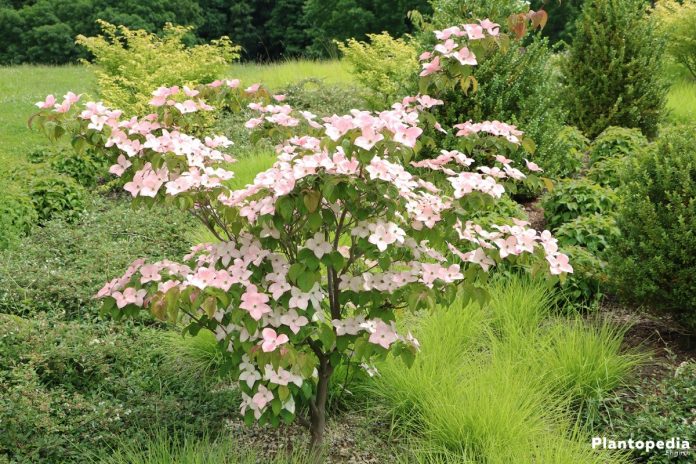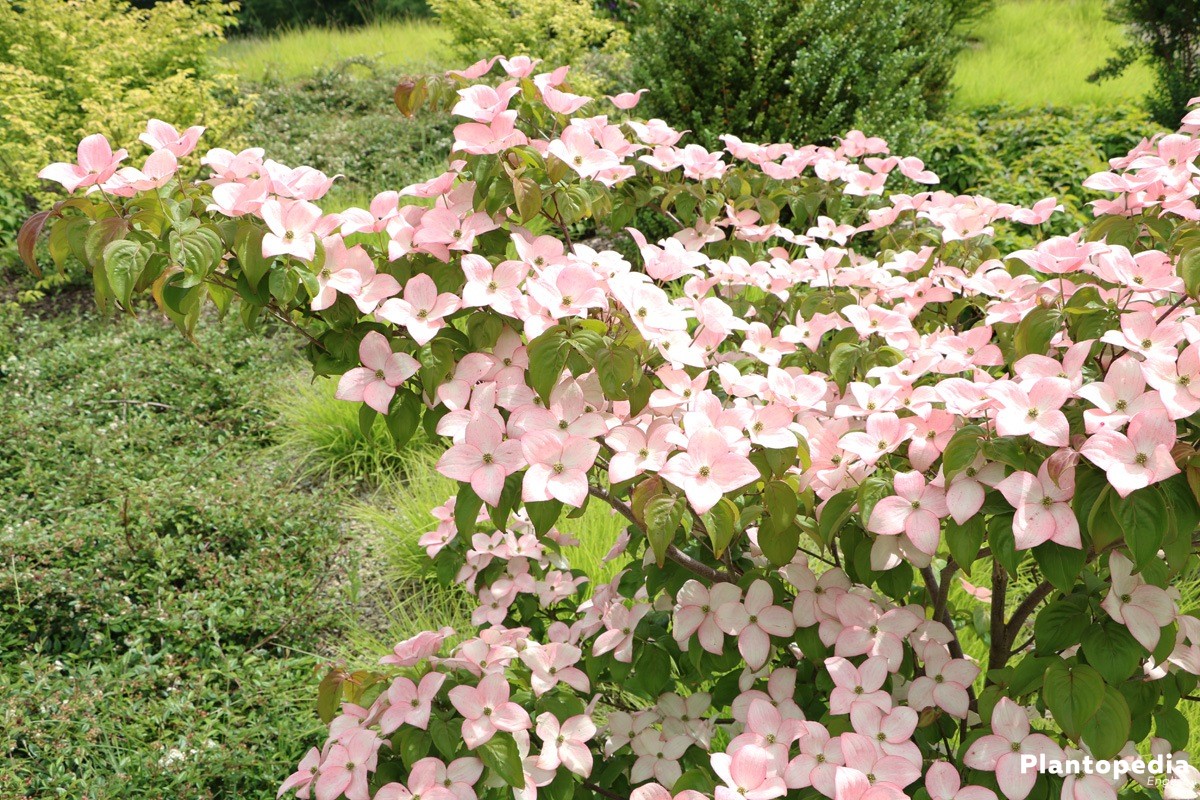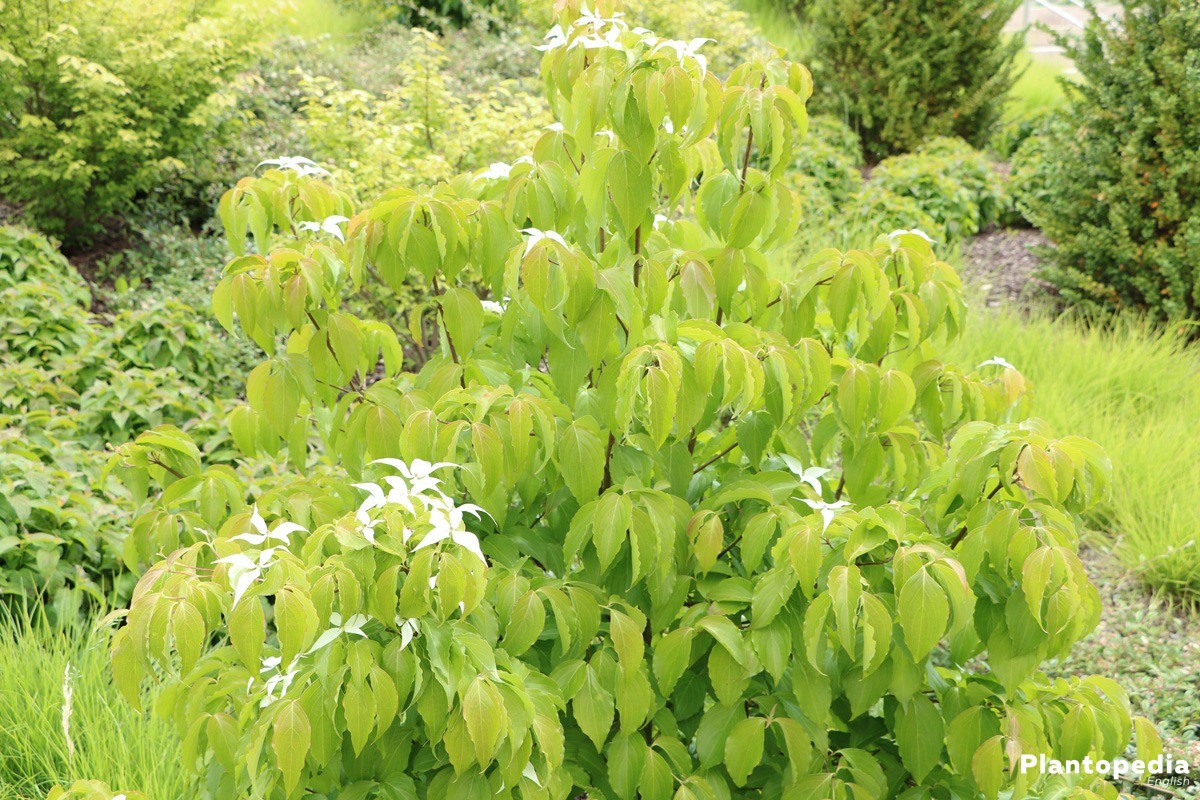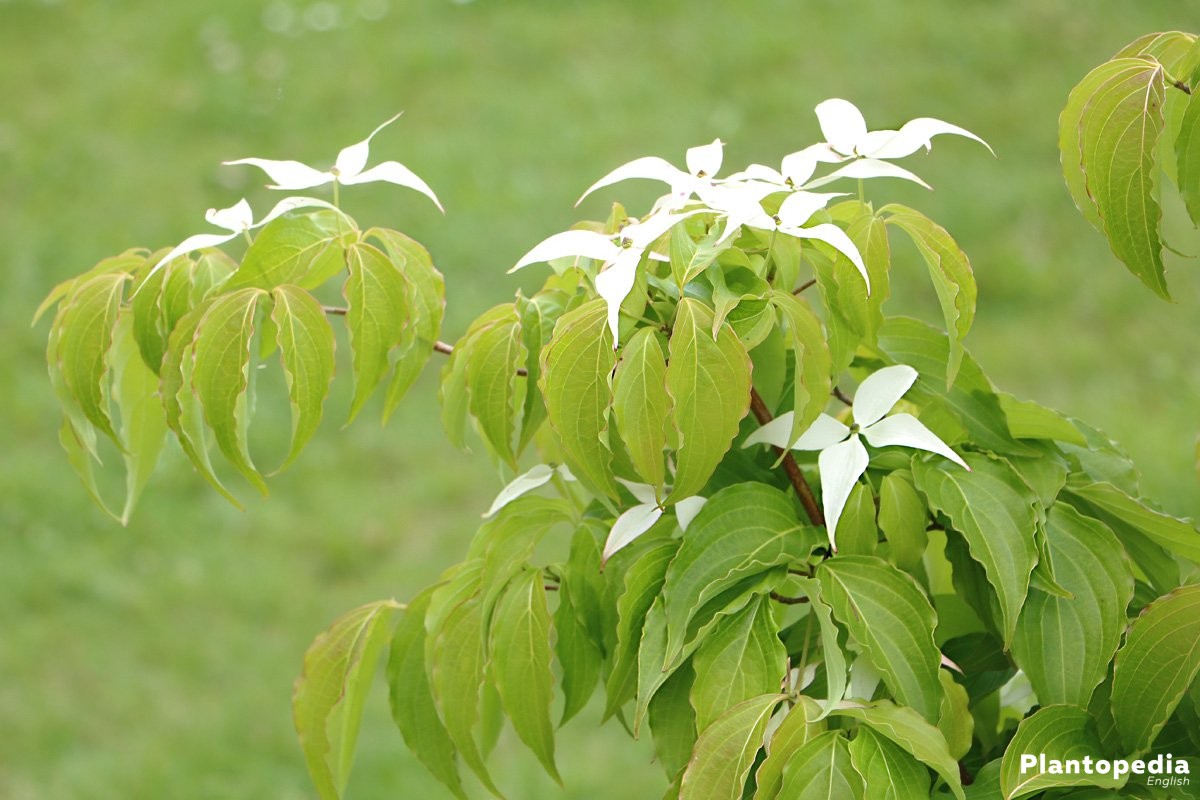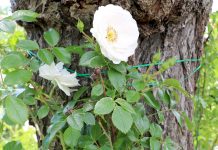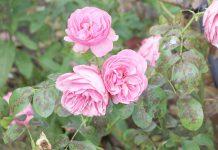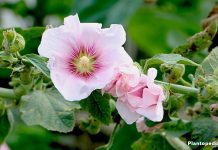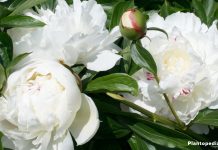One good friend of a gardener is the cornus, dogwood, also known as the red or flowering dogwood. It usually exists in every garden and looks good in parks or around waysides, as well.
A delight to the eyes are its leaves until late autumn, its beautiful inflorescences in spring and its brightly colored bark in winter. With perfect care and location, it is an undemanding plant which requires little effort and grows best when it is planted solitary.
Plant Profile
Contents
- Family: Dogwoods (Cornaceae)
- Genus: Cornus
- Trivial names: Red dogwood, flowering dogwood
- Origin: Asia, America and subtropical areas. However, it is predominantly native to the northern hemisphere
- Dogwoods are shrubs and small trees
- Plant height: Only after many years they reach their full height of up to 5 – 7 meters
- Flowering period: May to June
- Blossoms: Strictly speaking they are umbellate or panicle-like spathaceous bracts and no flowers
- The egg-shaped and entire leaves are summergreen and turn orange to burgundy in autumn
- Fruits: Stone fruits
- Sex: hermit; Self-pollination
The young shoots of dogwoods are blood-red, which explains this shrub’s name. Known as red dogwood it is widely spread in Central Europe. It is more said to be an ornamental shrub rather than a fruit tree, even though its fruits are edible.
They are similar to cherries and furthermore the bitter cornelian cherry belongs to the family of dogwoods. The most important thing when planting a dogwood is the proper location; besides that, a gardener will be pleased by its durability and beautiful flowerage in spring. We provide detailed clues on a proper cultivation and propagation.
Species
Around the world there are more than 50 different species of dogwoods. The dogwood occurs both in wild forms and in breeds. The most common in Middle Europe are the red dogwood (cornus sanguinea) and the cornel cherry (cornus mas). These are usually solitary plants, which prefer to stand alone. The shrub is often planted in front gardens, courtyards or parks.
It is also perfect in front of hedges or bigger trees and shrubberies. It accentuates especially in front of somewhat darker backgrounds. When planted near hedges, the dogwood is sometimes considered a pioneer plant. In autumn and winter birds feed from the bright red fruits of the vitamin C-bearing cornelian cherries.
Other species and varieties of the dogwoods are:
- Swedish Cornel (cornus suecica)
- Japanese cornel (cornus officinalis)
- Chinese cornel (cornus chinensis wangerin). There are several types
- Cornus kousa in 5 varieties
- Cornus kousa chinensis
- Bunchberry dogwood (cornus canadensis) also known as Canadian bunchberry, ground covering
- Cornus florida ‘Rubra’ also known as American dogwood
- White dogwood (cornus alba)
- Yellow twig dogwood (cornus sericea ‘Flaviramea’) Subgenus mesomora raff in two species with dark blue fruits – A popular ornamental shrub in the garden.
Popular varieties are:
- Cornus kousa Satomi with an upright height of 2 – 3 meters. It has white too often light pink blossoms with a diameter of up to 9 centimeters
- Cornus kousa chinesis with a height of up to 5 meters and bright white blossoms which later produce raspberry-like fruits. The leaves turn bright red in autumn
- Flowering dogwood Cherokee. It only grows up to a maximum of 3 meters, but shows its pink blossoms already in April. In autumn, it gives scarlet fruits which stand in an impressive contrast to the violet-colored foliage
- Siberian dogwood (cornus alba ‘Sibirica’) with light red shoots in winter
A hint is the planting of Cornus kousa ‚Teutonia‘ whose berry fruits can be harvested and preserved in autumn. Teutonia is a plant from the genus of the Japanese dogwood which comes into striking white flowers between May and June.
Care
Once you have decided on a type, you should pay attention on the ideal location and soil condition, so the dogwood grows well and produces pretty blossoms and fruits. Its popularity is also due to the beautiful leaf colors in autumn. This ornamental shrub makes itself ideal as a solitary plant in hedges, flowerbeds or free standing in the lawn.
It harmonizes with conifers or woody plants like the dog rose, marsh, privet, rhododendron or the wayfaring tree. It also forms a decorative plant community with lush flowering perennials such as lupins, larkspurs, daylilies or sunflowers.
Location
The location should be chosen with care, since this ornamental shrug grows slowly and needs optimal conditions to assert itself. A light, not too sunny place is to be preferred, most suitably with half-shade or dynamic shadows.
Soil condition
The soil has to be rich in humus and of a slightly acidic to neutral character. At the same time the soil must not be too heavy and it is supposed to have a high permeability. Otherwise, mix it with sand, but pay attention to a high nutrient density.
The soil may not be too calcareous. Dogwoods love a harmonious, balanced soil climate. They are grateful when the soil is added mature compost. Always keep in mind that the soil should remain quite loose and not condensed.
However, domestic species like the red dogwood or the cornel cherry are better adapted to loamy, moist garden soil with a high content of nutrients and lime. The exotic dogwoods, on the other hand, prefer a sandy and dry soil.
Watering
Watering and fertilizing
The flowering dogwood neither likes lasting dryness, nor dammed-up water. Therefore, it should be assisted by watering during dry heat waves. Pay attention to soft water with little lime. It is best to use water from the rain barrel when it is too hot.
The best thing is to mulch the dogwood with bark or grass to keep the soil moist and loose. At the same time, this provides the shrub with nutrients.
For fertilizing, it is sufficient to use mature compost from time to time which is carefully added to the soil with a garden claw. Mature dung or high-quality finished fertilizer can be used before flowering as well. It should be noted, however, that the dogwood is sensitive to excessive nutrient admixtures, less is more.
A gardener with a ‘green thumb’ will recognize from the blossoms and leaf, whether the dogwood needs more or less fertilizer.
Planting
A flowering dogwood should always be potted in spring, so the roots can grow well during summer and cope with the winter.
This is why it is recommended to do the following:
- Place the root bale in a bucket of well-tempered water until it has fully saturated
- Pick a plant hole triple the size of the root ball and fill it with substrate (depending on the type, rather loamy or sandy)
- Mature compost or rotten dung can be added
- In the first years water, afterwards the dogwood is usually an undemanding self-sufficient
Cutting
An annual cut-back and the removal of several shoots are at the discretion of the gardener. In general this is not required, because the dogwood forms a naturally beautiful crown. In individual cases and for some varieties, however, this can be useful. Especially
- remove dried branches from March to May
- the fast growing hybrid ‘Venus’ should be trimmed from time to time
- in spring the varieties of the white dogwoods need a cutback, so the intense coloring of the young shoots is more effective
- older plants often recover after a cut back and show a prettier form
- be careful with young plants and cut little
An exception is the American dogwood (cornus florida) which can only be cut in winter.
Wintering
All types of dogwoods can easily withstand temperatures of up to -20 °C. However, if you don’t want to dispense with a dogwood as a bucket plant, you have to let the plant overwinter in a cool and dry place and pour it now and then.
Reproduction
The flowering dogwood can be reproduced by four different methods
- using layers
- using cuttings (especially preferable for the white and yellow twig dogwoods)
- by means of systematic sowing (often carried out for the domestic species)
- by division
When sowing, the following procedure is used:
- simply take the seed (stone) from the fruit in autumn or winter and put it in a pot with soil inside the house. Normal gardening soil can be used
- the location should be half-shaded and warm
- the soil has to be kept moist
As soon as the young shrub has reached a height of about 20 cm, it can be planted out in the open. However, you should take care to avoid possible cold shocks.
If you want, you can also just put the seed in the ground and see what happens.
Reproduction using cuttings
- When cutting back in spring, take 15 cm long terminal cuttings for reproduction
- Bevel them at their bottoms and remove the lower leaves
- Put them in a pot with cultivation soil and keep them constantly moist
- The pot has to be placed in a warm and light place and as soon as new leaves show up, the cutting will also have roots
- In spring the cutting can then be planted in a sheltered place outside
Reproduction with tillers
A proven and simple method is simply cutting off the young shoots that show up around the mother plant and plant them somewhere else. After that, these shoots have to be watered well, so they can root without the mother plant.
Reproduction with layers
For this purpose, single long side branches of the shrub are bent to the ground and placed in the soil about 15 to 20 centimeters from the tip during early spring. It is best to weight them with a stone, so the branch won’t snap back.
Perhaps provide a climbing help to the shoot tip. After 6-8 weeks, the layer should have formed roots. Simply separate it from the mother plant and plant it at a new location.
Diseases
Diseases and pests
In general, native species are very robust. The American dogwood and cornus kousa chinensis get occasionally infested with a fungus (anthracnose).
The following actions help:
- Immediately cut off infested branches
- Remove fallen leaves
Prevention includes keeping the soil moist and mulching it if necessary. Damage to the root ball is always to be avoided. However, a proper soil loosening is important.
If there are brown spots on the leaves, this mostly indicates in infestation with
anthracnose
- The only thing that helps to stop a further spread is the destruction of the whole plant
powdery mildew
- Also sometimes infests the shrubs and can be effectively combated by removing the affected branches and using fungicides if necessary
Pests
The pests of the dogwoods include:
the juniper ermine moth
- of which you can only get rid of by cutting off the infested branches or the systematic use of insecticides
mealy bugs
- These are easier to get rid of. For example, use biological plant protection like ichneumon flies or spray the shrub with vegetable oil
Among the more robust species which are extensively resistant to diseases is the red dogwood as well as the two types of the white dogwood:
- Siberian dogwood
- red osier dogwood

